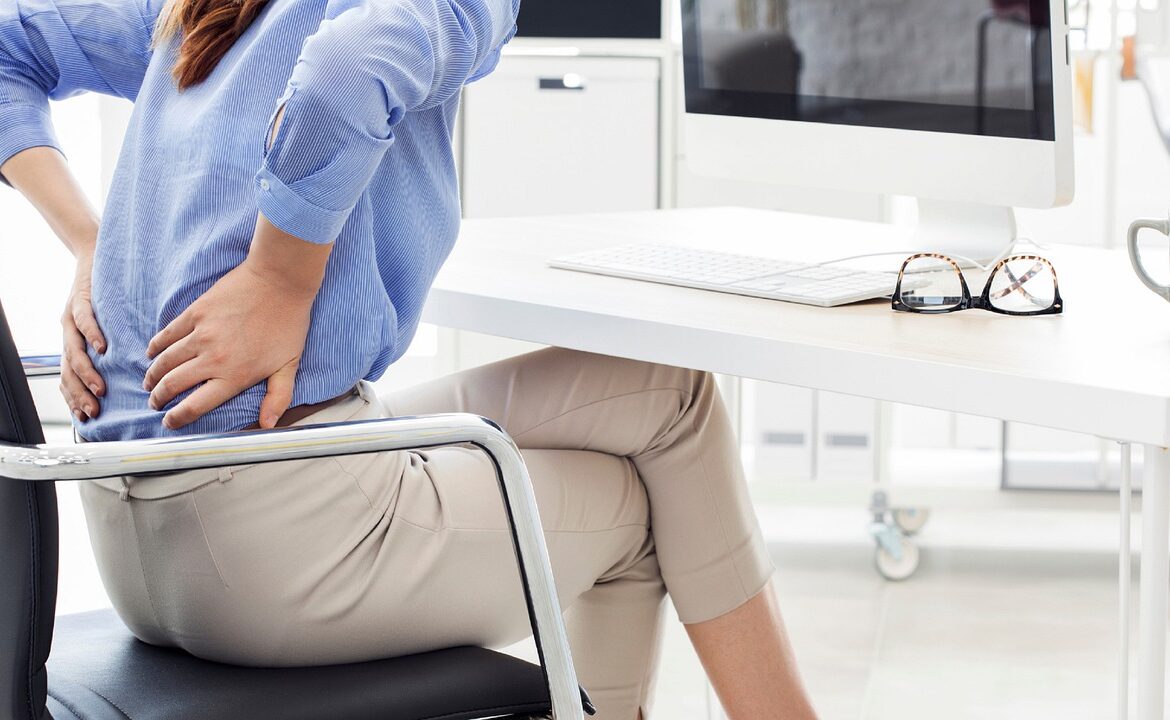The Cushion of the Spine
As humans, our spine is filled with discs between each of our bony vertebrae. These discs act as a cushion between each vertebra which is stacked on top of each other to make up our entire spinal column. Often, when a disc herniates, the jelly-like nucleus of the inner portion of the disc pushes out into a suboptimal position of the spinal column. This causes a tear in the annulus. The annulus is the outer surface of our disc. Most likely, the nucleus pushes in the posterolateral portion of the corresponding spinal level. Typically, herniated discs are caused by gradual, age-related degenerative disc pathologies. However, a recent injury can cause damage to the disc. Learn more about conservative treatment options for herniated discs.
Location of the herniations
When the disc herniates, regardless of what portion of the spine it is located in, there can be various symptoms to be aware of. Individuals can have residual pain, numbness, or weakness throughout different regions of their body depending on the level of the involved disc. For cervical spine herniation, patients may have symptoms in their shoulder or arms. In thoracic disc herniation, patients may have symptoms in their trunk or torso. For lumbar disc herniation, patients may have symptoms in their buttocks, upper legs, lower legs, and into their feet. Each region of the body is associated with a specific spinal level within the vertebral column which gives health care professionals an approximate location of where these symptoms are originating from.
These symptoms may change daily and present differently each day due to the changes that occur within our bodies daily and the effect the disc has on the irritated nerve. It is not uncommon for symptoms to change daily.
Treatment of Herniated Discs
Physical therapy is a smart option for individuals to seek out if they believe they have a disc-related injury. Exercise and movement are some of the best treatments to help an individual recover from a disc-related problem. These exercises will vary depending on the location, as well as, the severity of the injury. Physical therapists can also use their hands-on manual techniques to help get the body moving within an optimal pattern. Gaining this movement at physical therapy allows for less painful movement with the exercises given at each session and as a part of an at-home program.
Posture also has an effect both positive and negative on disc pathology symptoms. Patients will be able to learn how to improve their posture to reduce their symptoms to move with pain-free patterns.
Other treatment options that go hand-in-hand with physical therapy include medications to help reduce the irritated nerves and injections to the affected disc location to help in healing. Although many individuals can avoid having surgery, there are some cases where patients do not benefit from the previous conservative treatment methods. In these cases, surgery is also an option to seek out, which has very high success rates.
Our spine specialized Physical Therapists can evaluate your symptoms and determine if you will benefit from PT to help with your spine pain. Schedule your appointment today.

